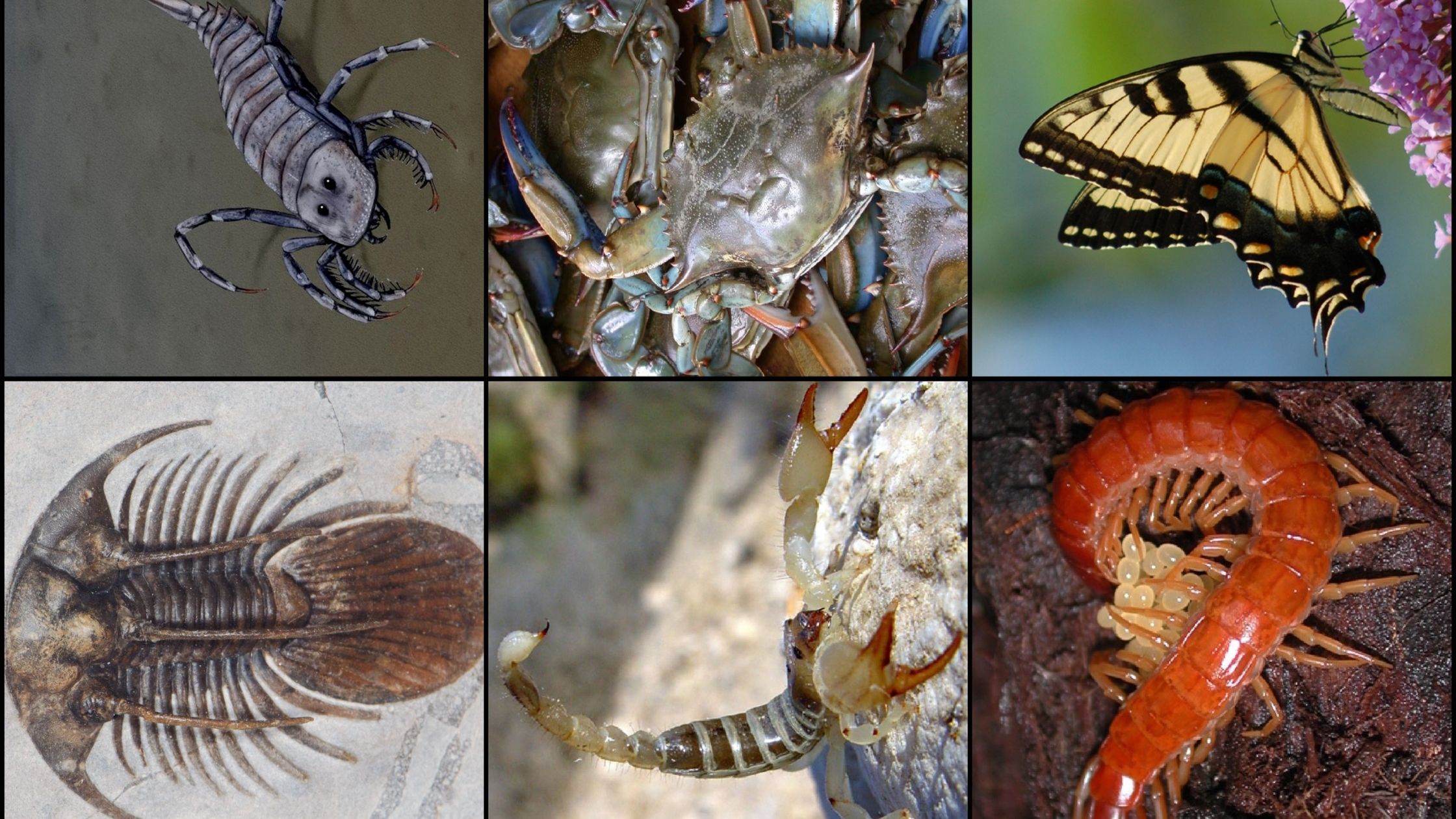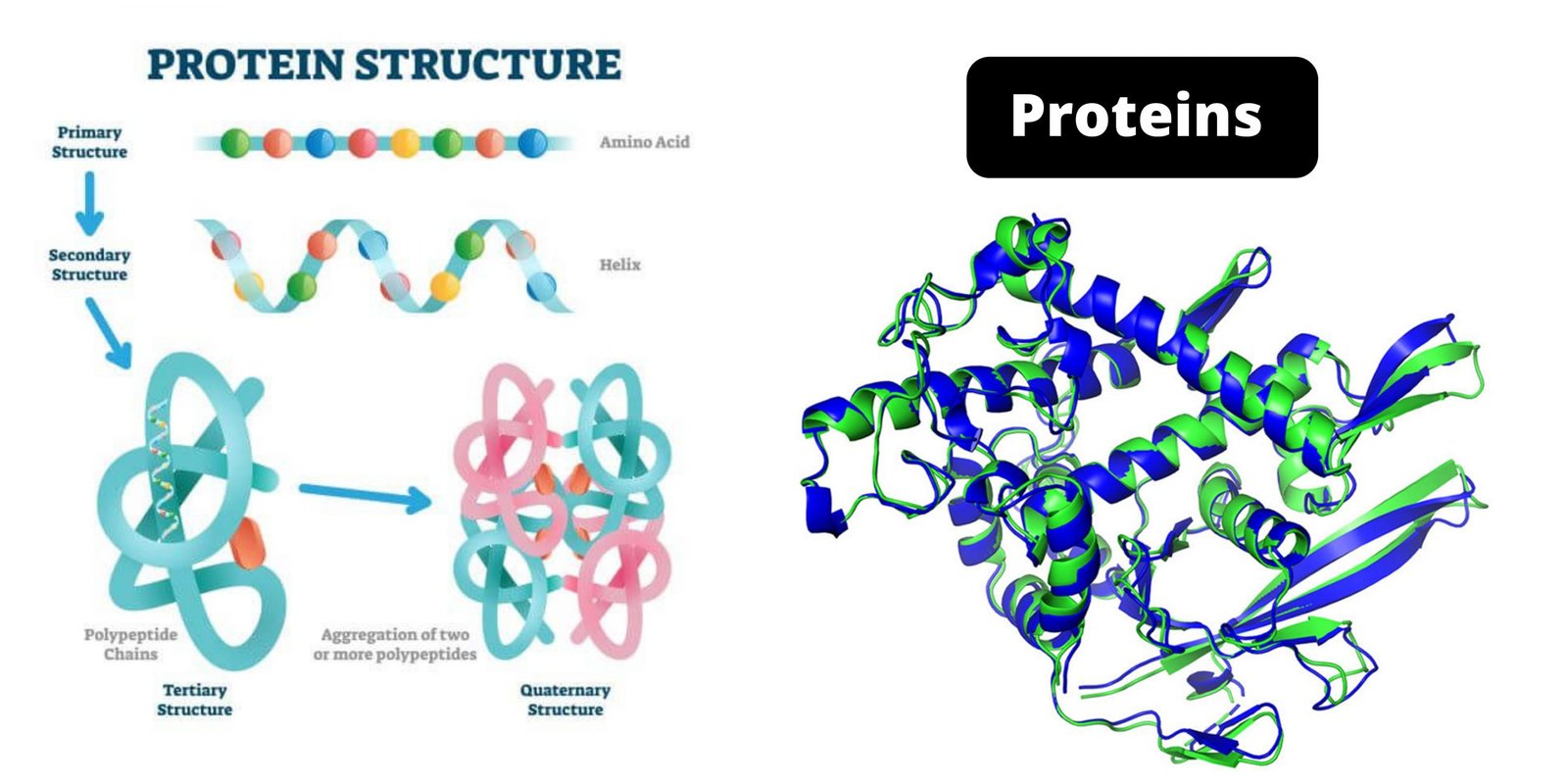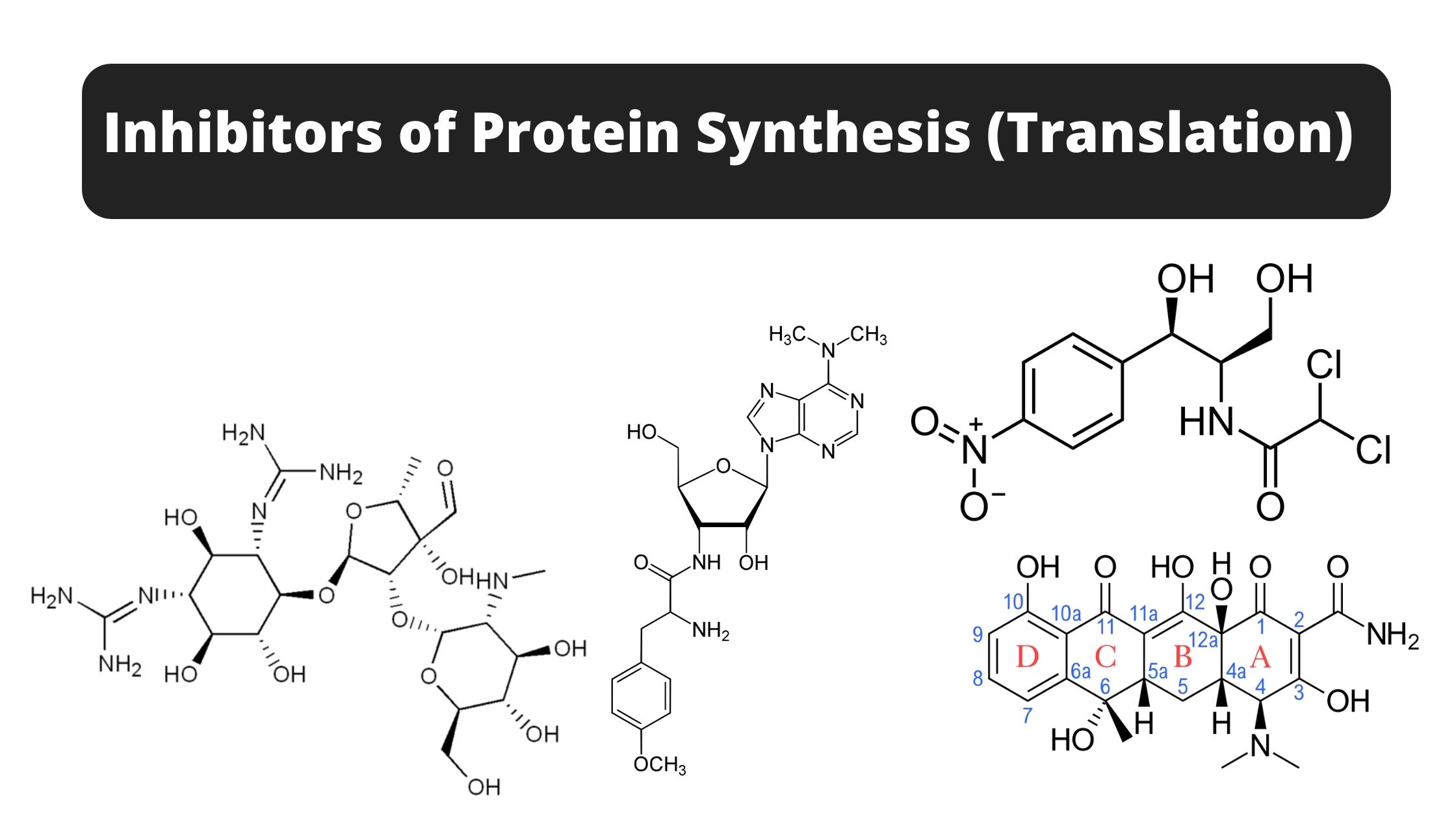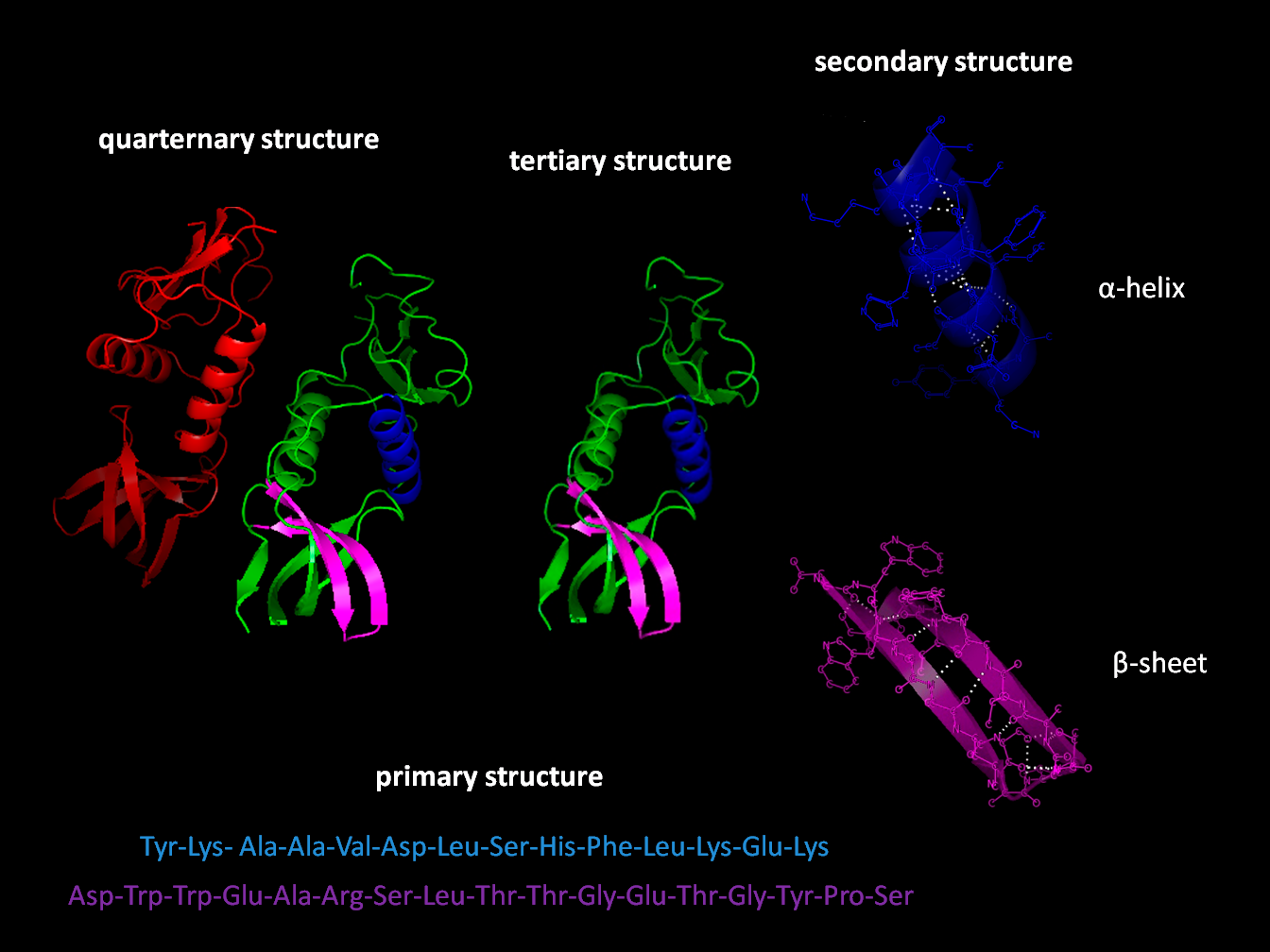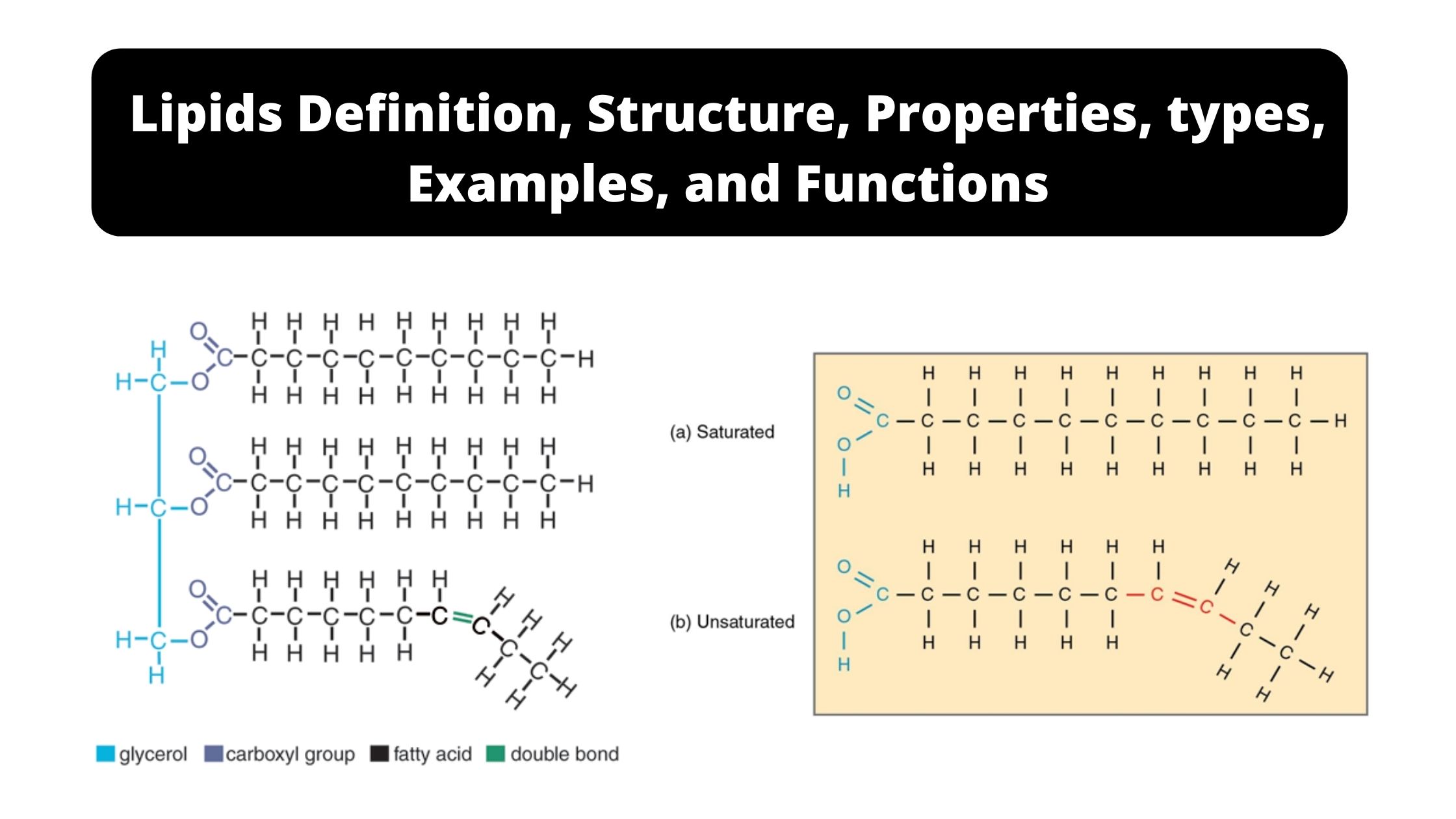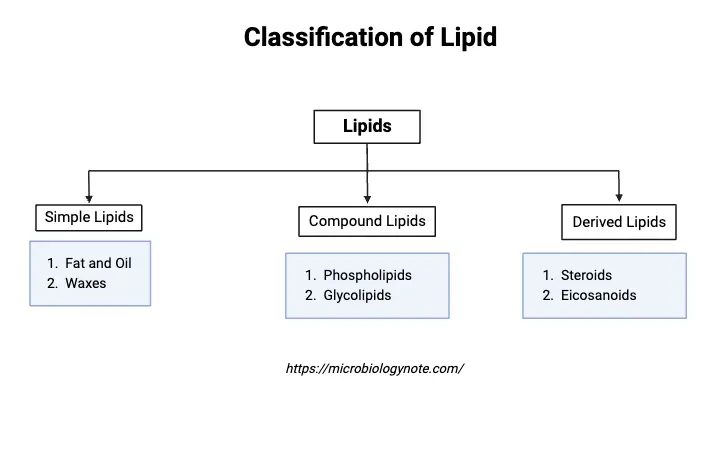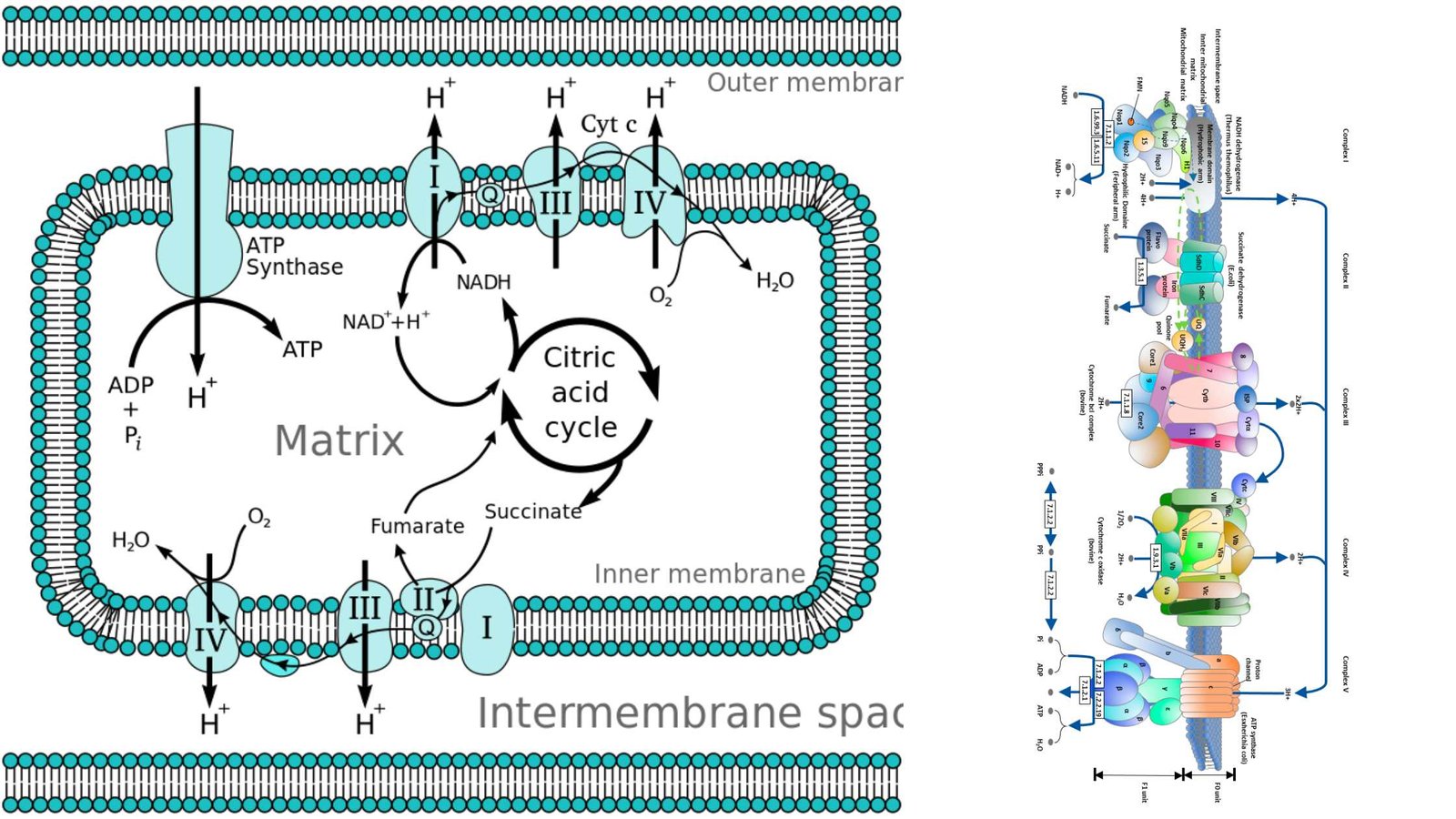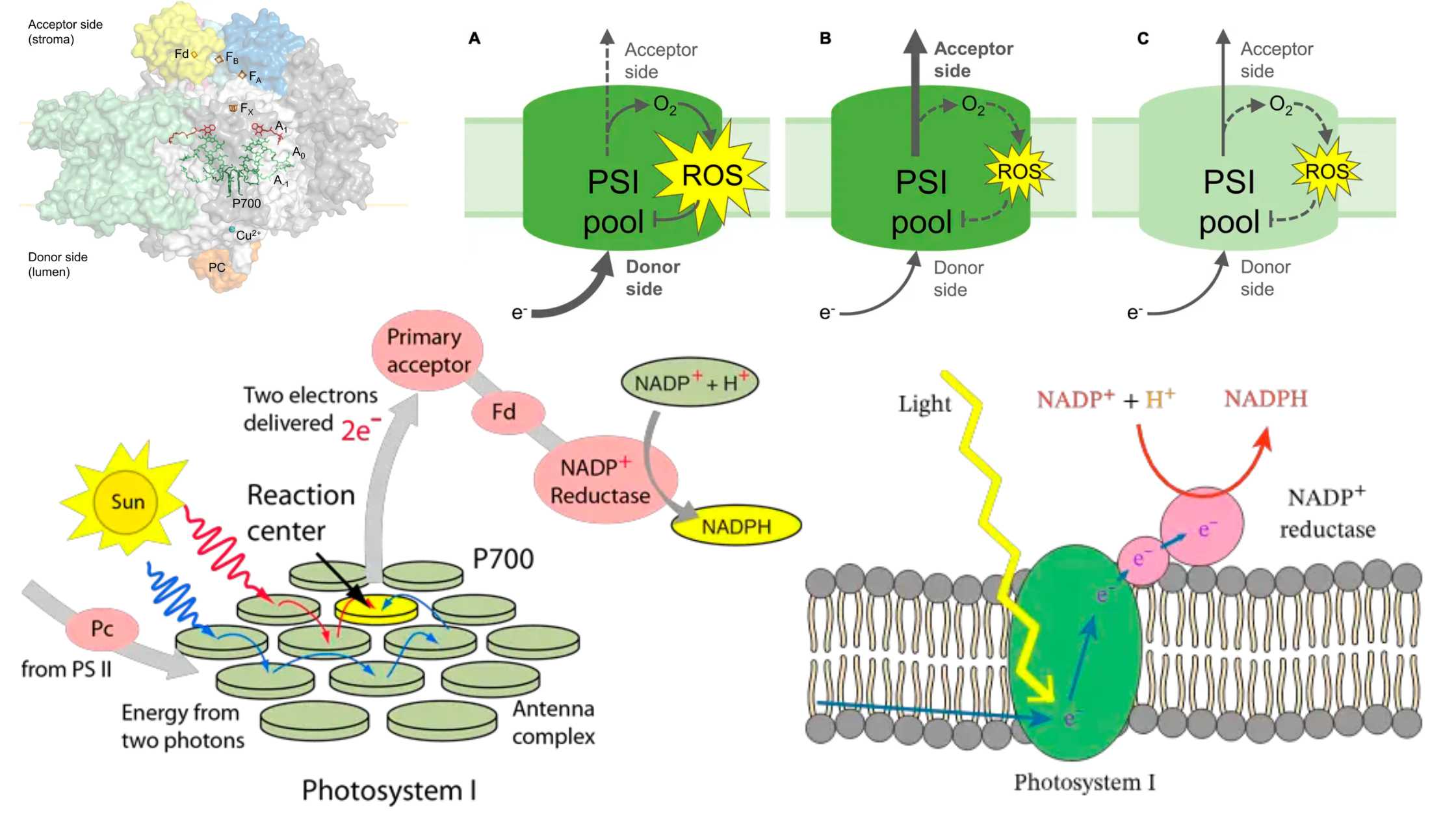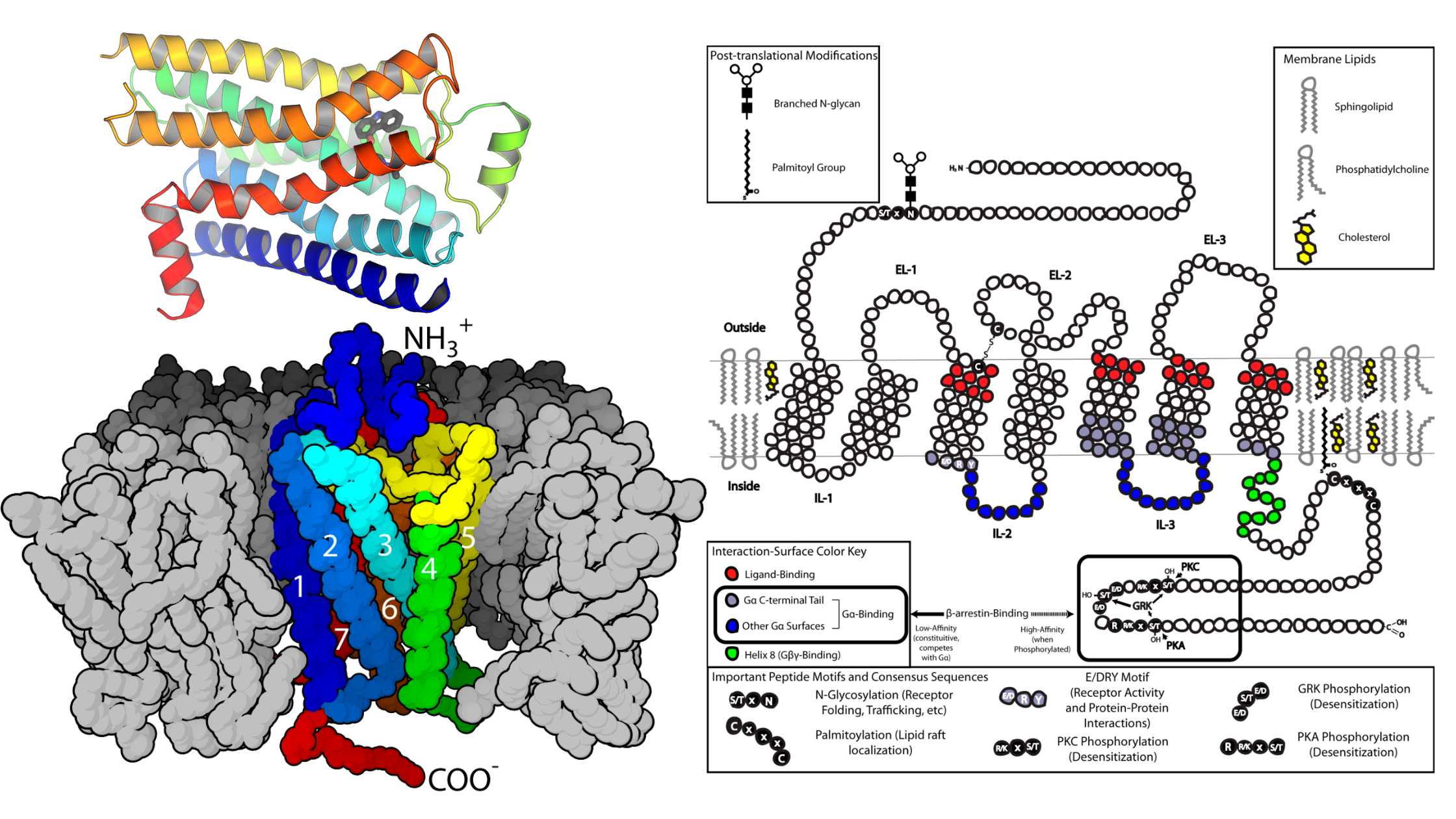Phylum Arthropoda – Definition, Classification, Characteristics, Examples
Kingdom: Animalia Subkingdom: Eumetazoa Clade: ParaHoxozoa Clade: Bilateria Clade: Nephrozoa (unranked): Protostomia Superphylum: Ecdysozoa (unranked): Panarthropoda (unranked): Tactopoda Phylum: Arthropoda What is Phylum Arthropoda? Definition of Arthropoda (Arthropods) The Arthropods belong to the bilaterally symmetrical, metamerically separated, triploblastic creatures with a coelom that is diminished and altered. Their body is externally covered in an exoskeleton … Read more
